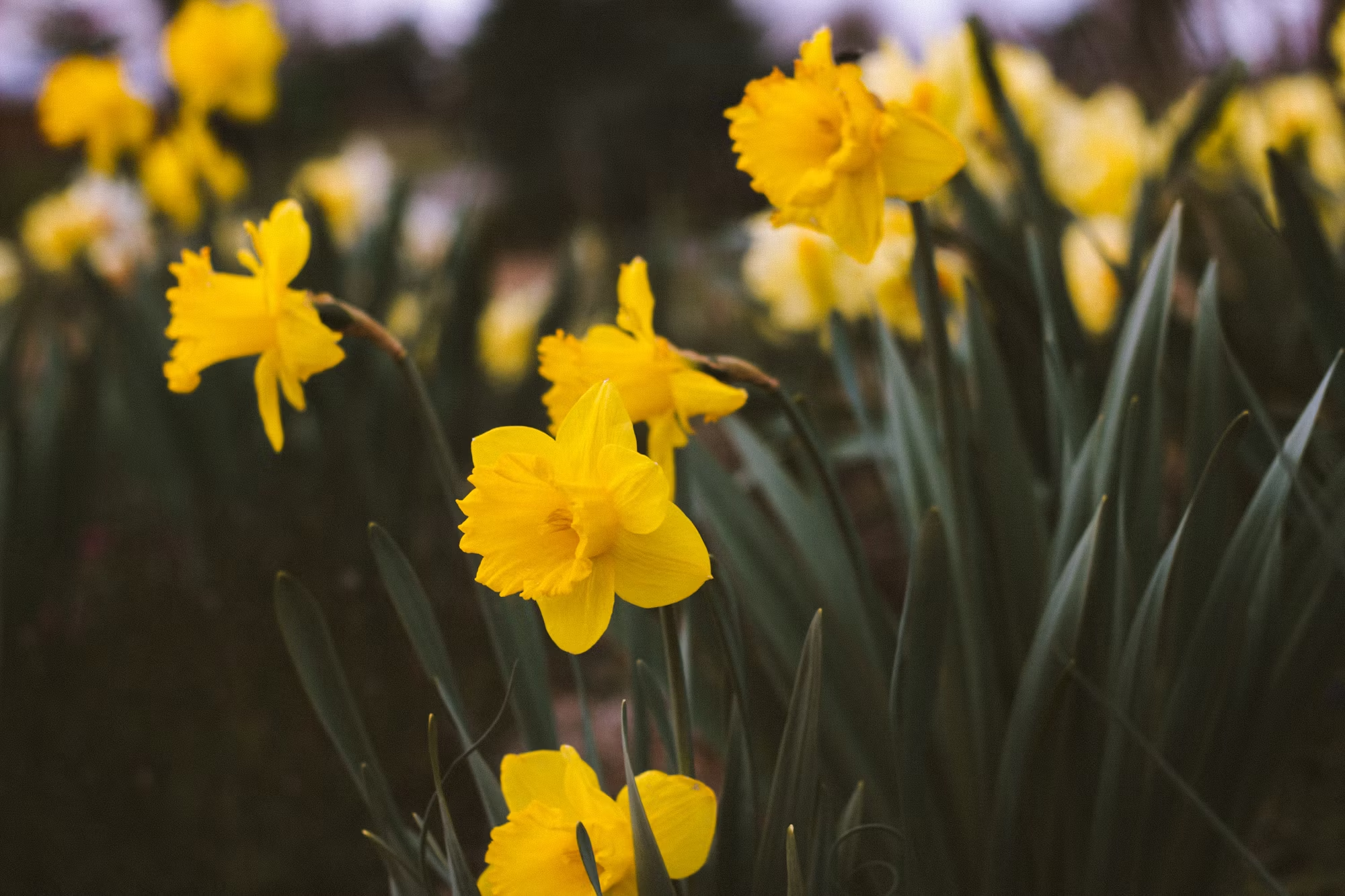Fairy gardens have taken the gardening world by storm, enchanting enthusiasts of all ages. These miniature landscapes blend creativity with nature, inviting a whimsical touch to outdoor spaces or indoor decor. This article will explore the art of fairy gardening, providing insights on design, essential elements, and suitable plants to help you create your own magical oasis. What is a Fairy Garden? A fairy garden is a miniature garden designed to attract fairies, incorporating tiny structures, accessories, and plants. Often placed in containers or small plots, these gardens allow for creativity and personal expression. They can be as simple or elaborate as you desire, making them accessible to both novice and experienced gardeners. The charm of fairy gardens lies in their ability to transport us to a world of imagination and play, where we can escape the hustle and bustle of everyday life. Getting Started: Essential Elements To create a fairy garden, you’ll need to gather a few essential elements. First, choose a suitable container or garden space. Options include terrariums, pots, or even a section of your yard. Ensure that the chosen space has good drainage to prevent waterlogging. Next, consider adding a variety of decorative items. Miniature furniture, pathways, and structures can enhance the whimsical feel. You can find fairy houses, bridges, and figurines at garden centers or craft stores. Alternatively, creating your own from natural materials like twigs and stones can add a personal touch. Designing Your Fairy Garden Designing your fairy garden is where your creativity shines. Start by planning the layout. Consider the size of your container and the types of plants you wish to include. Arrange larger items first, ensuring there’s enough space for the plants to grow. Layering is an effective technique in fairy garden design. Place taller plants or structures at the back and gradually decrease the height towards the front. This creates depth and visual interest. You can also use rocks, gravel, or pebbles to form paths, which guide the eye through your garden. Choosing the Right Plants The choice of plants is crucial in fairy gardening. Opt for small, slow-growing plants that thrive in your chosen environment. Here are some popular options: – Succulents: Varieties like hen-and-chicks or miniature jade plants work well due to their compact size and low maintenance. – Moss: Mosses create a lush, green carpet, providing a natural look and soft texture. – Miniature flowers: Consider plants like alyssum, lobelia, or dwarf marigolds for pops of color. – Herbs: Small herbs like thyme or basil not only add fragrance but also attract pollinators. Ensure that the selected plants have similar light and water requirements to keep your garden thriving. Maintaining Your Fairy Garden Maintenance is key to keeping your fairy garden looking its best. Regularly check the moisture levels of the soil, as miniature plants can dry out quickly. Water gently, avoiding waterlogging. Prune any overgrown plants to maintain the desired shape and size. Additionally, remove any dead foliage or debris to keep your garden tidy. As your plants grow, consider rearranging the layout to create new designs or adding seasonal decorations to keep the garden fresh and inviting. Adding Personal Touches One of the joys of fairy gardening is personalizing your space. Consider adding themed decorations that reflect your interests or hobbies. You could create a beach-themed fairy garden with seashells and sand, or a woodland garden with tiny animal figurines. Seasonal decorations, such as mini pumpkins in the fall or snowflakes in winter, can also add charm. Creating a story around your fairy garden can enhance its enchantment. Perhaps your fairies enjoy gardening, reading, or hosting tea parties. This narrative can guide your design choices and make the gardening experience even more immersive. Connecting with Nature Fairy gardening goes beyond creating a visually appealing landscape; it also fosters a deeper connection with nature. Engaging in this activity encourages mindfulness as you observe plant growth and changes in your garden over time. It also provides a wonderful opportunity to teach children about gardening and the importance of nurturing living things. This connection to nature can be incredibly fulfilling, offering a sense of tranquility and joy. Community and Inspiration Joining a fairy gardening community can enhance your experience. Many local gardening clubs or online forums exist where enthusiasts share tips, designs, and inspiration. Participating in these communities can provide fresh ideas and motivation to continue exploring this enchanting hobby. Social media platforms are also excellent resources for finding fairy gardening inspiration. Following hashtags like fairygarden or miniaturegarden can lead you to countless ideas and creative designs from around the world. Conclusion: Your Fairy Garden Awaits Creating a fairy garden is a delightful way to express creativity, connect with nature, and cultivate a sense of wonder. By choosing the right plants, designing thoughtfully, and adding personal touches, you can bring your magical vision to life. Whether you’re a seasoned gardener or just starting, the world of fairy gardening invites you to explore, play, and discover the joy of creating your own miniature landscape. As you embark on this enchanting journey, remember that the true magic lies in the stories you create and the joy you experience along the way.





